Last Updated on September 6, 2022
Have you ever noticed that your engine can be hard to start sometimes? This problem is known to happen more frequently when it’s cold outside.
Starting Problems (Hot vs Cold Temperatures)
Well, there are various reasons why engines have trouble starting in different temperatures. When an engine is hot and hard to start, the problem usually has to do with the fuel. The vapor created by a hot engine will prevent the fuel from circulating efficiently.
This makes it harder for the engine to start because it takes more time for the fuel to circulate than it normally would. If the engine is too hot, then it won’t be able to start at all. However, an engine this hot won’t get that way because of the temperature outside.
More than likely, you have a problem with your vehicle’s cooling system such as a leaking radiator, radiator hose, or faulty radiator cap that is causing the engine to overheat. Of course, this would be the worst-case scenario for an engine not starting.
Now, if you live in a colder area and your vehicle is constantly exposed to freezing temperatures, then it will cause your engine to get much colder than usual. This could make it harder for you to start your vehicle’s engine at times if it is cold enough.
3 Reasons Your Car is Hard to Start in Cold Weather
There are a few reasons why it’s more difficult to start a car in cold weather. Here are three of the most common causes.
#1 – Fuel Evaporates Less
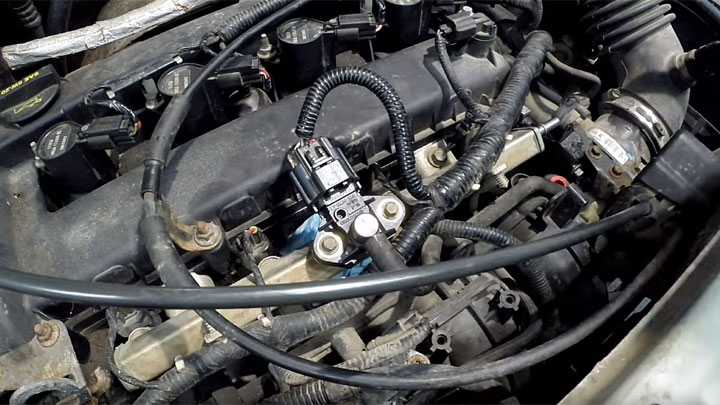
For one thing, gasoline, like other liquids, does not evaporate as quickly when exposed to cold weather. Since gasoline inside an engine needs to be vaporized for it to burn, extremely cold weather causes it to evaporate much slower.
This is very important at startup when the engine requires a higher amount of fuel than normal. In this situation, the combustion process does work as intended.
#2 – Thicker Engine Oil
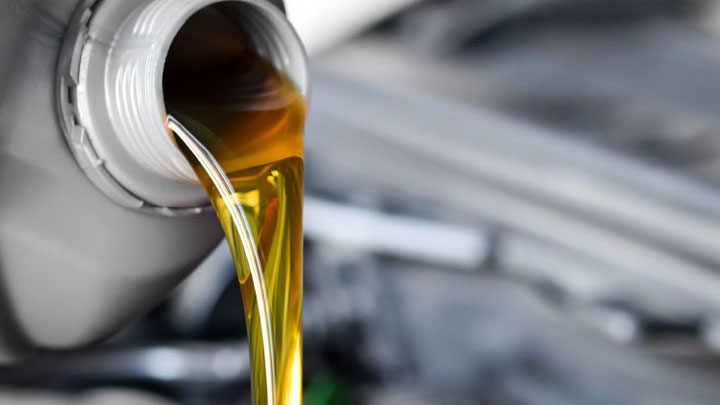
In addition, the cold temperatures outside will make the engine oil thicker. You can compare engine oil to pancake syrup. Syrup that’s been on the counter and at room temperature flows much quicker than pancake syrup that was sitting in a cold fridge.
When you pour room temperature syrup on your pancakes, it comes out much quicker out of the bottle and covers you pancakes faster than if the syrup was cold. Therefore, it will take a lot longer to heat up cold engine oil and allow it to circulate in your vehicle’s engine. Note that the type of motor oil you use also plays a part.
Related: Should Engine Oil Level Be Check Hot or Cold?
#3 – Weak Car Battery
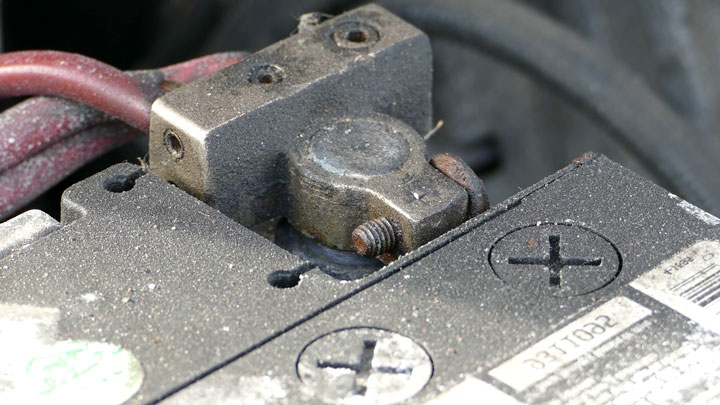
In rarer circumstances, your car battery could be the reason why your engine is hard to start when temperatures are low. It could also be why your starter spins but never engages with the flywheel.
If you have an old and weak or dead battery, then a simple replacement of your battery would fix this problem.
But if the temperatures are cold outside, it could be causing your battery to lose its ability produce electrons and not function like it’s supposed to. As a result, not enough power gets to the starter motor making the engine difficult to start.
The best advice to reduce this situation from happening is to keep your car indoors as much as possible. If you have a garage at your house that is big enough to hold your car, then consider parking your car in there at night to keep the battery and engine warm.

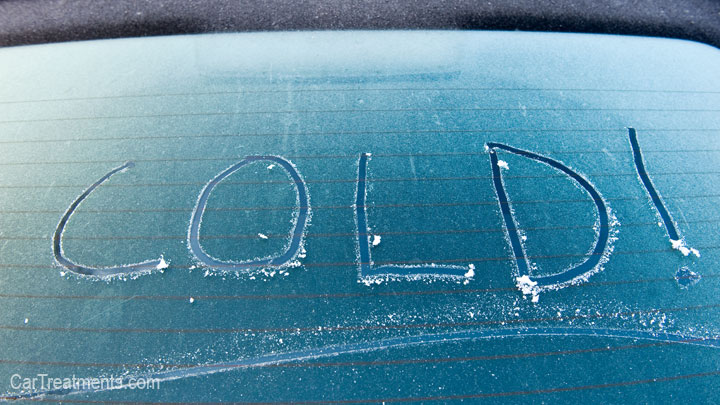
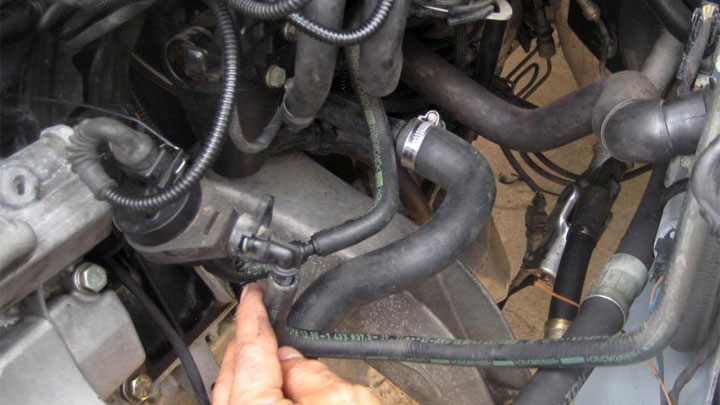
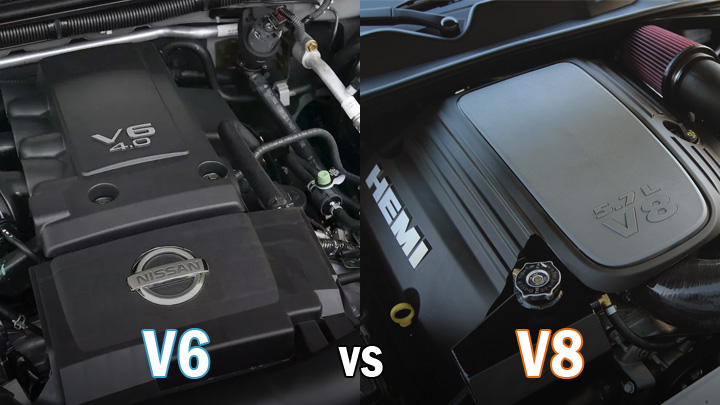
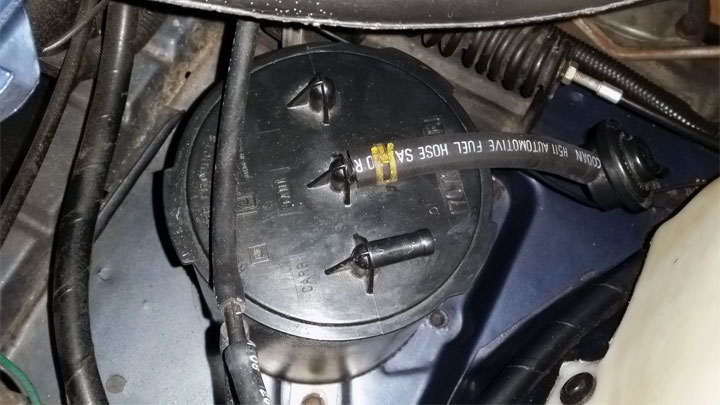
My car most times is difficult to start even in mid day. Most of the mornings it start at a go.
My car has been having cold starts can it have anything to do with spark plugs or pour wiring around the ignition?
Spark plugs could be a cause. If the car starts normally in warm weather or after it’s run recently, I like to check the battery. The other day my Outback had enough juice to run the accessories, but not enough for the starter to crank the engine. After a quick jump, it started right up. If your battery is old or you think it may be bad, take it somewhere to get tested.